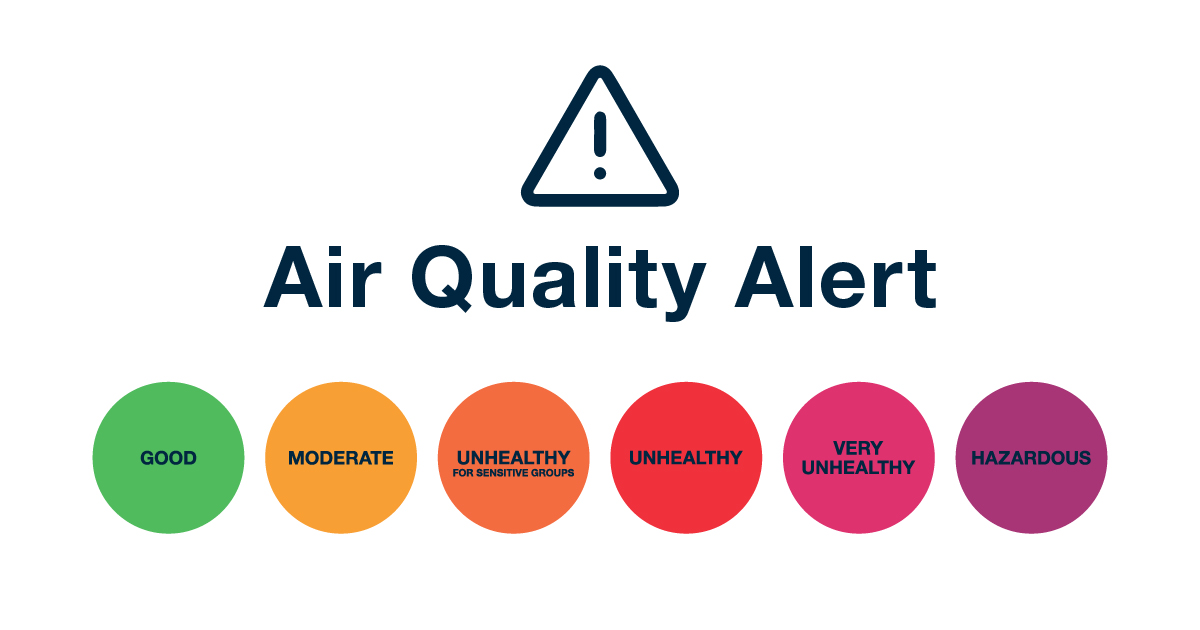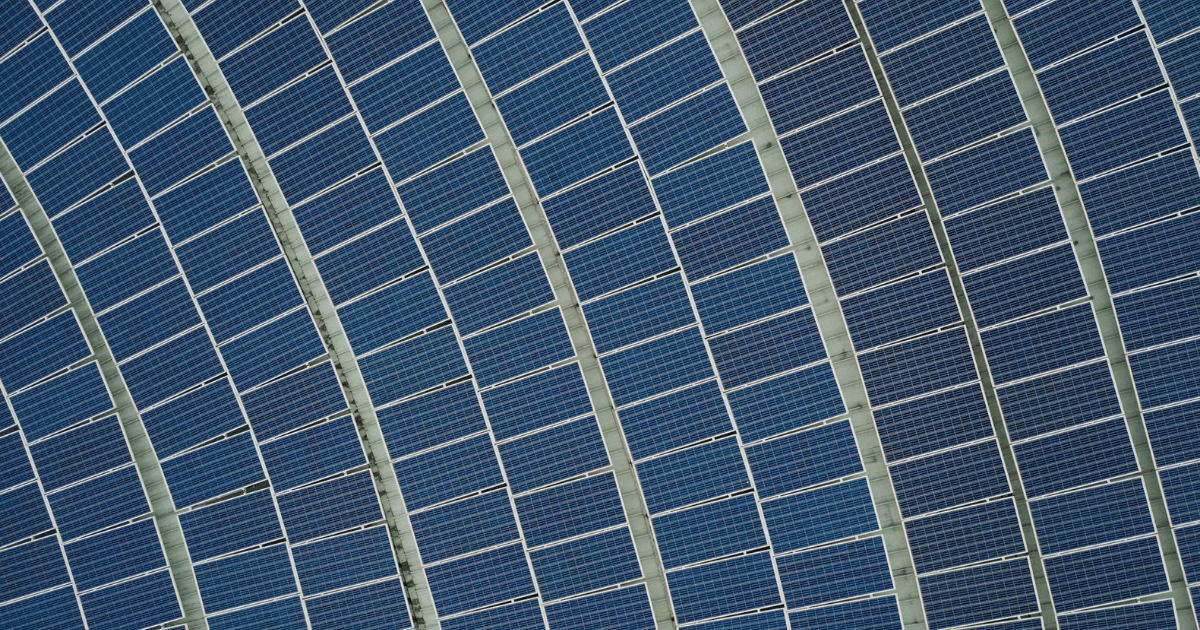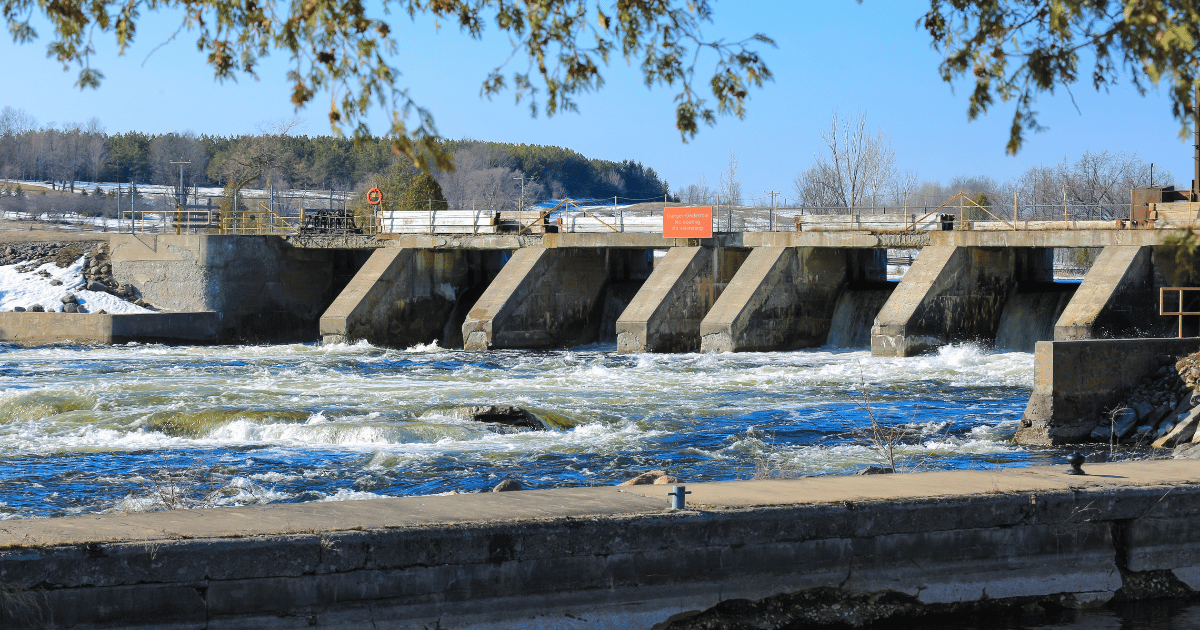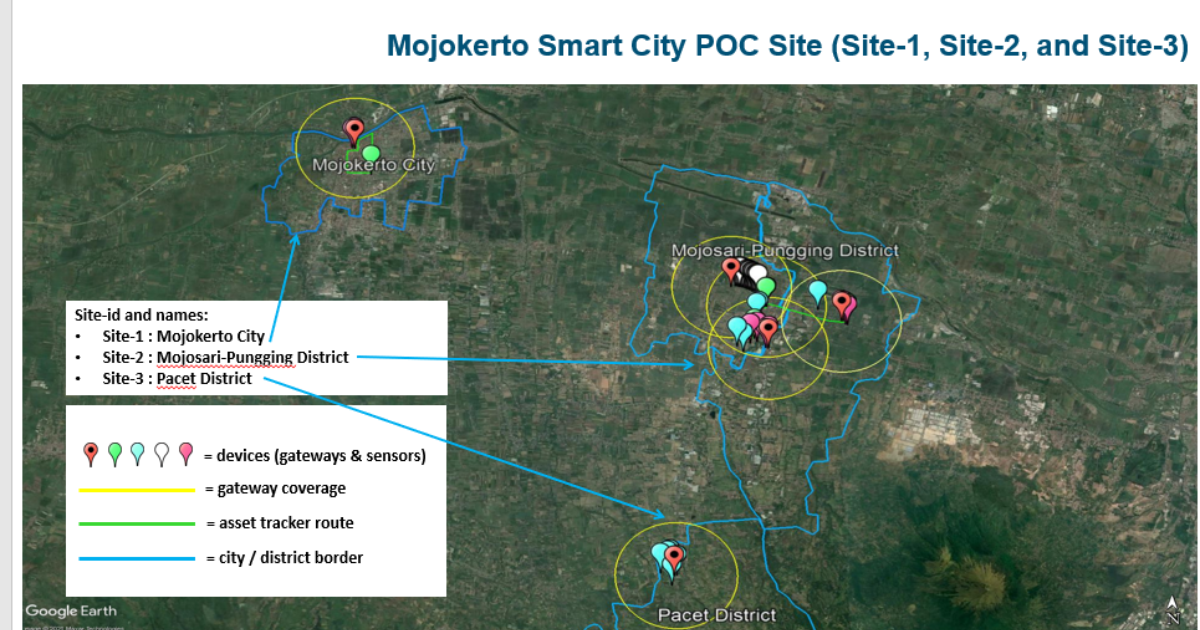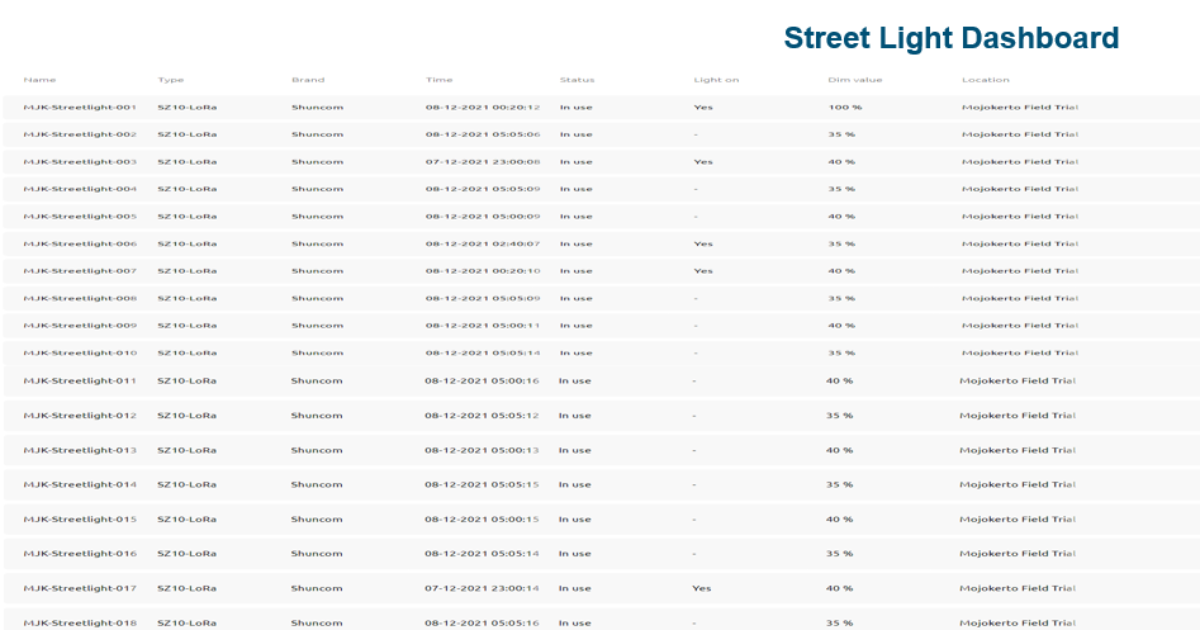IoT-Based Air Quality Monitoring Solution by PT Temara Global Teknologika
Solution Description
Air quality monitoring is a vital aspect of creating sustainable and livable smart cities. PT Temara Global Teknologika leverages its expertise in IoT and LoRaWAN infrastructure to provide a comprehensive air quality monitoring system. The solution uses advanced sensors, robust communication networks, and intelligent analytics to deliver real-time insights into air quality across diverse environments.
This system empowers stakeholders by enabling early identification of pollution sources, supporting policy implementation, and encouraging proactive community involvement. By seamlessly integrating with other smart city solutions, the air quality monitoring system contributes to a cleaner, healthier, and more sustainable future for urban and rural areas alike.
1. Key Components
- Air Quality Sensors:
- Measures key pollutants such as PM2.5, PM10, CO2, NOx, and SO2.
- Utilizes SDPPI-certified devices like the Milesight Node Device.
- Equipped with temperature and humidity sensors for additional environmental data.
- LoRaWAN Network:
- Employs LoRaWAN infrastructure for long-range, low-power data transmission.
- Temara's LoRaWAN gateways ensure reliable connectivity in both urban and rural areas.
- IoT Analytics Platform:
- Data is sent to Temara’s IoT platform for processing, analysis, and visualization.
- Provides information such as Air Quality Index (AQI), pollution trends, and heatmaps through a user-friendly interface.
- Applications and Dashboards:
- Offers real-time air quality data to citizens, government agencies, and operators via mobile or desktop devices.
2. Key Features
- Real-Time Monitoring:
Regular updates on air quality displayed via mobile apps and public screens. - Early Warning Alerts:
Sends notifications when air pollution levels exceed safe thresholds. - Pattern and Predictive Analysis:
Uses AI to analyze historical data and provide insights on pollution trends. - Multi-Sector Integration:
Can connect with other smart city solutions like smart lighting and traffic management for enhanced efficiency.
3. Benefits
- For Government:
- Supports environmental policies, such as emission restrictions and urban greening initiatives.
- Simplifies data-driven decision-making.
- For Citizens:
- Provides air quality information to plan outdoor activities safely.
- Raises public awareness about air pollution's impact.
- For the Environment:
- Helps mitigate pollution impacts through continuous monitoring and early action.
4. System Workflow
- Data Collection:
- Sensors are deployed at strategic locations such as industrial areas, schools, parks, and city centers.
- Pollution data is collected and sent to LoRaWAN gateways.
- Data Transmission:
- Data is transmitted to servers via LoRaWAN networks and stored in Temara’s cloud platform.
- Analysis and Visualization:
- AI algorithms process data to generate AQI, predictions, and pollution patterns.
- Information is visualized as maps, graphs, and reports.
- Information Dissemination:
- Citizens receive notifications via the app.
- Governments receive detailed reports and actionable insights.
5. Implementation Examples
- Deployment Areas:
- High-traffic zones, industrial regions, and areas with high pollution levels.
- Use Cases:
- In Jakarta, air quality data can assist in regulating traffic to reduce vehicle emissions.
- In Bandung, the system can support urban greening initiatives by identifying pollution hotspots.
IoT-Based Air Quality Monitoring Solution by PT Temara Global Teknologika
Solution Description
Air quality monitoring is a vital aspect of creating sustainable and livable smart cities. PT Temara Global Teknologika leverages its expertise in IoT and LoRaWAN infrastructure to provide a comprehensive air quality monitoring system. The solution uses advanced sensors, robust communication networks, and intelligent analytics to deliver real-time insights into air quality across diverse environments.
This system empowers stakeholders by enabling early identification of pollution sources, supporting policy implementation, and encouraging proactive community involvement. By seamlessly integrating with other smart city solutions, the air quality monitoring system contributes to a cleaner, healthier, and more sustainable future for urban and rural areas alike.
1. Key Components
- Air Quality Sensors:
- Measures key pollutants such as PM2.5, PM10, CO2, NOx, and SO2.
- Utilizes SDPPI-certified devices like the Milesight Node Device.
- Equipped with temperature and humidity sensors for additional environmental data.
- LoRaWAN Network:
- Employs LoRaWAN infrastructure for long-range, low-power data transmission.
- Temara's LoRaWAN gateways ensure reliable connectivity in both urban and rural areas.
- IoT Analytics Platform:
- Data is sent to Temara’s IoT platform for processing, analysis, and visualization.
- Provides information such as Air Quality Index (AQI), pollution trends, and heatmaps through a user-friendly interface.
- Applications and Dashboards:
- Offers real-time air quality data to citizens, government agencies, and operators via mobile or desktop devices.
2. Key Features
- Real-Time Monitoring:
Regular updates on air quality displayed via mobile apps and public screens. - Early Warning Alerts:
Sends notifications when air pollution levels exceed safe thresholds. - Pattern and Predictive Analysis:
Uses AI to analyze historical data and provide insights on pollution trends. - Multi-Sector Integration:
Can connect with other smart city solutions like smart lighting and traffic management for enhanced efficiency.
3. Benefits
- For Government:
- Supports environmental policies, such as emission restrictions and urban greening initiatives.
- Simplifies data-driven decision-making.
- For Citizens:
- Provides air quality information to plan outdoor activities safely.
- Raises public awareness about air pollution's impact.
- For the Environment:
- Helps mitigate pollution impacts through continuous monitoring and early action.
4. System Workflow
- Data Collection:
- Sensors are deployed at strategic locations such as industrial areas, schools, parks, and city centers.
- Pollution data is collected and sent to LoRaWAN gateways.
- Data Transmission:
- Data is transmitted to servers via LoRaWAN networks and stored in Temara’s cloud platform.
- Analysis and Visualization:
- AI algorithms process data to generate AQI, predictions, and pollution patterns.
- Information is visualized as maps, graphs, and reports.
- Information Dissemination:
- Citizens receive notifications via the app.
- Governments receive detailed reports and actionable insights.
5. Implementation Examples
- Deployment Areas:
- High-traffic zones, industrial regions, and areas with high pollution levels.
- Use Cases:
- In Jakarta, air quality data can assist in regulating traffic to reduce vehicle emissions.
- In Bandung, the system can support urban greening initiatives by identifying pollution hotspots.
IoT sensors can monitor various aspects of a Solar Panel System to optimize performance, detect issues, and improve efficiency. Here are key parameters that can be tracked:
1.Solar Panel Performance Monitoring
Voltage & Current (V, A): Measures real-time power output.
Power Generation (W, kWh): Tracks energy production.
Efficiency (%): Compares actual vs. expected output.
2.Environmental Monitoring
Solar Irradiance (W/m²): Measures sunlight intensity.
Temperature (°C): Monitors ambient and panel temperature (overheating can reduce efficiency).
Humidity (%): Helps in corrosion prevention.
Wind Speed & Direction: Protects against extreme weather conditions.
3.Battery & Storage Monitoring (for Off-Grid Systems)
Battery Voltage & Current: Ensures proper charging/discharging.
State of Charge (SoC): Indicates battery health.
State of Health (SoH): Predicts battery lifespan.
4.Fault & Maintenance Detection
Panel Degradation: Detects dust, dirt, or shading affecting performance.
Short Circuits & Overloads: Prevents system damage.
Inverter Efficiency & Failures: Ensures smooth power conversion.
5.Grid & Load Management
Energy Consumption: Monitors how much energy is used.
Grid Voltage & Frequency: Ensures safe connection to the grid.
Net Metering Data: Tracks exported/imported power for billing.
IoT sensors can monitor various aspects of a Solar Panel System to optimize performance, detect issues, and improve efficiency. Here are key parameters that can be tracked:
1.Solar Panel Performance Monitoring
Voltage & Current (V, A): Measures real-time power output.
Power Generation (W, kWh): Tracks energy production.
Efficiency (%): Compares actual vs. expected output.
2.Environmental Monitoring
Solar Irradiance (W/m²): Measures sunlight intensity.
Temperature (°C): Monitors ambient and panel temperature (overheating can reduce efficiency).
Humidity (%): Helps in corrosion prevention.
Wind Speed & Direction: Protects against extreme weather conditions.
3.Battery & Storage Monitoring (for Off-Grid Systems)
Battery Voltage & Current: Ensures proper charging/discharging.
State of Charge (SoC): Indicates battery health.
State of Health (SoH): Predicts battery lifespan.
4.Fault & Maintenance Detection
Panel Degradation: Detects dust, dirt, or shading affecting performance.
Short Circuits & Overloads: Prevents system damage.
Inverter Efficiency & Failures: Ensures smooth power conversion.
5.Grid & Load Management
Energy Consumption: Monitors how much energy is used.
Grid Voltage & Frequency: Ensures safe connection to the grid.
Net Metering Data: Tracks exported/imported power for billing.
BENEFITS
Types of water sensors, each designed for different applications :
1.Water Level Sensors
Used to measure the height of water in tanks, wells, or natural bodies.
Float Switch Sensor – Uses a floating mechanism to detect water level.
Ultrasonic Water Level Sensor – Uses sound waves to measure water levels.
Capacitive Water Level Sensor – Detects level changes based on capacitance.
Submersible Pressure Sensor – Measures water level based on pressure.
Radar Water Level Sensor – Uses radar waves for precise measurement.
2.Water Quality Sensors
Measure different parameters of water quality.
pH Sensor – Measures acidity or alkalinity.
Turbidity Sensor – Detects water clarity by measuring suspended particles.
Conductivity Sensor – Measures the ability of water to conduct electricity.
Dissolved Oxygen (DO) Sensor – Measures oxygen levels in water.
ORP (Oxidation-Reduction Potential) Sensor – Detects the water's oxidation level.
3.Water Flow Sensors
Used to monitor the movement of water through pipes.
Turbine Flow Sensor – Uses a rotating turbine to measure flow rate.
Electromagnetic Flow Sensor – Measures flow using magnetic fields.
Ultrasonic Flow Sensor – Uses ultrasonic waves to detect water flow.
Vortex Flow Sensor – Measures flow based on vortex formation in water.
4.Water Leak Sensors
Detect unwanted water leaks to prevent damage.
Spot Leak Sensor – Small sensor that detects water at a specific location.
Cable Leak Sensor – A long cable that detects leaks along its length.
Smart Leak Sensor – Connects to IoT systems and alerts users remotely.
5.Water Pressure Sensors
Measure the pressure of water in a system.
Diaphragm Pressure Sensor – Uses a diaphragm to measure pressure changes.
Piezoelectric Pressure Sensor – Converts pressure into electrical signals.
Types of water sensors, each designed for different applications :
1.Water Level Sensors
Used to measure the height of water in tanks, wells, or natural bodies.
Float Switch Sensor – Uses a floating mechanism to detect water level.
Ultrasonic Water Level Sensor – Uses sound waves to measure water levels.
Capacitive Water Level Sensor – Detects level changes based on capacitance.
Submersible Pressure Sensor – Measures water level based on pressure.
Radar Water Level Sensor – Uses radar waves for precise measurement.
2.Water Quality Sensors
Measure different parameters of water quality.
pH Sensor – Measures acidity or alkalinity.
Turbidity Sensor – Detects water clarity by measuring suspended particles.
Conductivity Sensor – Measures the ability of water to conduct electricity.
Dissolved Oxygen (DO) Sensor – Measures oxygen levels in water.
ORP (Oxidation-Reduction Potential) Sensor – Detects the water's oxidation level.
3.Water Flow Sensors
Used to monitor the movement of water through pipes.
Turbine Flow Sensor – Uses a rotating turbine to measure flow rate.
Electromagnetic Flow Sensor – Measures flow using magnetic fields.
Ultrasonic Flow Sensor – Uses ultrasonic waves to detect water flow.
Vortex Flow Sensor – Measures flow based on vortex formation in water.
4.Water Leak Sensors
Detect unwanted water leaks to prevent damage.
Spot Leak Sensor – Small sensor that detects water at a specific location.
Cable Leak Sensor – A long cable that detects leaks along its length.
Smart Leak Sensor – Connects to IoT systems and alerts users remotely.
5.Water Pressure Sensors
Measure the pressure of water in a system.
Diaphragm Pressure Sensor – Uses a diaphragm to measure pressure changes.
Piezoelectric Pressure Sensor – Converts pressure into electrical signals.
BENEFITS
As cities grow, the need for smart solutions to manage resources efficiently becomes crucial. Our Smart City initiative integrates IoT-based technologies to enhance urban services, optimize energy consumption, and improve the quality of life for residents.
Water Monitoring System
Our IoT-based water monitoring system tracks real-time consumption, detects leaks, and optimizes water distribution. This solution reduces wastage and ensures efficient resource management without the need for manual meter checks.
-
Real-time Data Collection: Provides accurate readings of water usage at different time intervals.
-
Leak Detection & Alerts: Automatic alerts for potential leaks, reducing water losses.
-
Remote Accessibility: Authorities can monitor water consumption from a centralized dashboard.
Smart Street Lighting
With automated scheduling and dimming capabilities, our smart street lighting system reduces energy consumption while maintaining optimal illumination. By grouping lights into zones with adaptive brightness, cities can save electricity and improve security.
-
Time-based Dimming: Lights automatically adjust brightness at different hours to save energy.
-
Motion Sensor Integration: Streetlights brighten when movement is detected, improving safety.
-
Centralized Control System: Enables monitoring and adjustment of all lights remotely.
Asset Tracking
Our real-time GPS asset tracking system provides theft prevention and operational insights by analyzing route patterns. This enhances fleet management and ensures timely service delivery.
-
Real-time GPS Monitoring: Allows tracking of city vehicles and equipment.
-
Route Optimization: Reduces fuel consumption by optimizing transport routes.
-
Theft Prevention: Immediate alerts in case of unauthorized asset movement.
Smart Waste Management
Equipped with sensors, our smart waste bins monitor fill levels and optimize collection schedules, reducing overflow and operational costs. This system ensures cleaner urban environments and efficient waste disposal.
-
Fill Level Detection: Sensors detect when bins are full and require collection.
-
Automated Route Planning: Collection schedules are optimized based on real-time data.
-
Cost Reduction: Minimizes unnecessary waste collection trips, saving resources.
Our Solution
By integrating IoT technologies, our Smart City solutions improve operational efficiency, reduce costs, and enhance sustainability. From water conservation to street lighting optimization, we provide cities with intelligent systems that support growth and development.
With our innovative approach, urban centers can transition towards a smarter, more sustainable future while ensuring better public services and resource efficiency. Our goal is to create a connected, data-driven infrastructure that benefits both the government and the community by fostering a more efficient, responsive, and environmentally friendly urban landscape.
As cities grow, the need for smart solutions to manage resources efficiently becomes crucial. Our Smart City initiative integrates IoT-based technologies to enhance urban services, optimize energy consumption, and improve the quality of life for residents.
Water Monitoring System
Our IoT-based water monitoring system tracks real-time consumption, detects leaks, and optimizes water distribution. This solution reduces wastage and ensures efficient resource management without the need for manual meter checks.
-
Real-time Data Collection: Provides accurate readings of water usage at different time intervals.
-
Leak Detection & Alerts: Automatic alerts for potential leaks, reducing water losses.
-
Remote Accessibility: Authorities can monitor water consumption from a centralized dashboard.
Smart Street Lighting
With automated scheduling and dimming capabilities, our smart street lighting system reduces energy consumption while maintaining optimal illumination. By grouping lights into zones with adaptive brightness, cities can save electricity and improve security.
-
Time-based Dimming: Lights automatically adjust brightness at different hours to save energy.
-
Motion Sensor Integration: Streetlights brighten when movement is detected, improving safety.
-
Centralized Control System: Enables monitoring and adjustment of all lights remotely.
Asset Tracking
Our real-time GPS asset tracking system provides theft prevention and operational insights by analyzing route patterns. This enhances fleet management and ensures timely service delivery.
-
Real-time GPS Monitoring: Allows tracking of city vehicles and equipment.
-
Route Optimization: Reduces fuel consumption by optimizing transport routes.
-
Theft Prevention: Immediate alerts in case of unauthorized asset movement.
Smart Waste Management
Equipped with sensors, our smart waste bins monitor fill levels and optimize collection schedules, reducing overflow and operational costs. This system ensures cleaner urban environments and efficient waste disposal.
-
Fill Level Detection: Sensors detect when bins are full and require collection.
-
Automated Route Planning: Collection schedules are optimized based on real-time data.
-
Cost Reduction: Minimizes unnecessary waste collection trips, saving resources.
Our Solution
By integrating IoT technologies, our Smart City solutions improve operational efficiency, reduce costs, and enhance sustainability. From water conservation to street lighting optimization, we provide cities with intelligent systems that support growth and development.
With our innovative approach, urban centers can transition towards a smarter, more sustainable future while ensuring better public services and resource efficiency. Our goal is to create a connected, data-driven infrastructure that benefits both the government and the community by fostering a more efficient, responsive, and environmentally friendly urban landscape.
